Then the magic faded. The treat languished on dessert carts, a relic from an era of trifle, lemon mousse and gateau. And despite an American love of the citrus—we consume more oranges and their juice than any other fruit—the dish never caught on here.
But we were enamored with the novel use of caramel on fresh fruit, a topping we tend to reserve for cakes and ice cream. We found the combination at once fresh and familiar. This was a classic worth reviving.
Oranges—whole, sliced or segmented—paired with caramel sauce are found in both French and Italian cuisine, and the combination had made its way to Britain by at least the early 1800s. All three countries owe this to Europe finally getting sweet oranges, which didn’t occur until the 15th century. Prior to that, oranges were a bitter fruit.
Even after sweet oranges showed up, they were consumed only as juice. It took until the end of the 18th century for people to stop squeezing and start peeling. This led to two very different recipes for preparing oranges as dessert.
The first was more of a confection, a sort of candied orange. Individual segments were dipped in sugar syrup that had been cooked to the crack stage (as for hard candy, 300°F to 310°F), then dried. Sometimes they were stacked or skewered.
The other, easier method was to serve peeled—often chilled, sometimes whole, sometimes sliced or segmented—oranges drizzled with a simple caramel sauce (which is heated closer to 360°F).
The result is simple, bright and bold. Known as aranci caramellizzati in Italy, it was popularized by food writer Elizabeth David in her 1954 book, “Italian Food.” She noted that the idea was to use a “sharp” orange and a sweet, almost burnt syrup, playing up a sweet and sour contrast. The dish was the hit of dessert carts across London during the 1960s, a trend that would last several decades. And then people ignored it.
Our effort to orchestrate a comeback had us searching for recipes to emulate. Our favorite was from Nigella Lawson’s 2003 cookbook, “Forever Summer.” She bathes peeled and sliced oranges in caramel sauce spiked with cardamom and serves them with yogurt.
Our work started with the oranges. We loved Cara Cara, but those are seasonal and can be hard to find. The more available navel were good, too. We learned that more important than the variety of orange is the peeling. Every last bit of bitter white pith needed to be trimmed off so as not to taint the flavors of the finished dish.
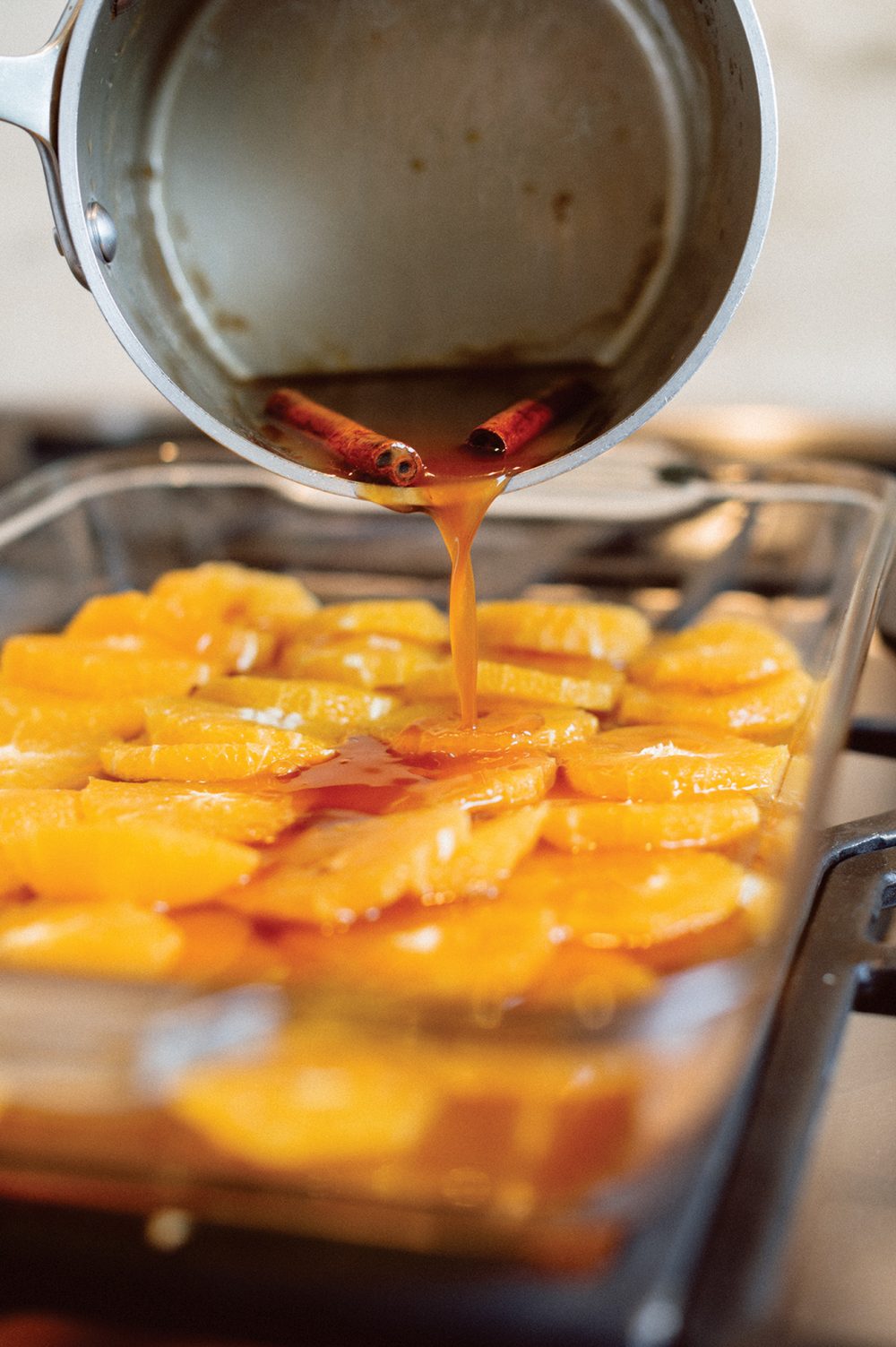
Our effort to orchestrate a comeback had us searching for recipes to emulate. Our favorite was from Nigella Lawson’s 2003 cookbook, “Forever Summer.” She bathes peeled and sliced oranges in caramel sauce spiked with cardamom and serves them with yogurt.
Our work started with the oranges. We loved Cara Cara, but those are seasonal and can be hard to find. The more available navel were good, too. We learned that more important than the variety of orange is the peeling. Every last bit of bitter white pith needed to be trimmed off so as not to taint the flavors of the finished dish.
Don’t think about the caramel’s color for the first few minutes
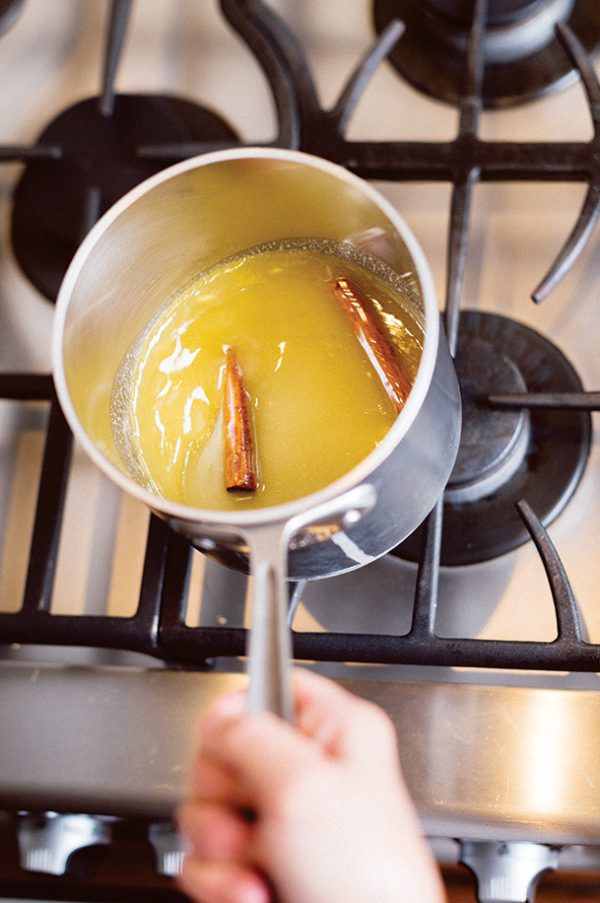
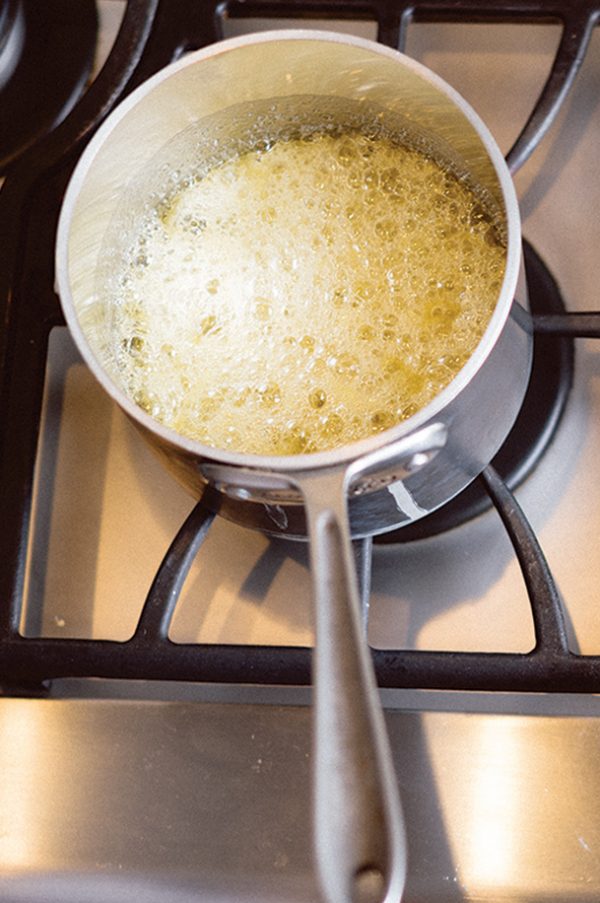
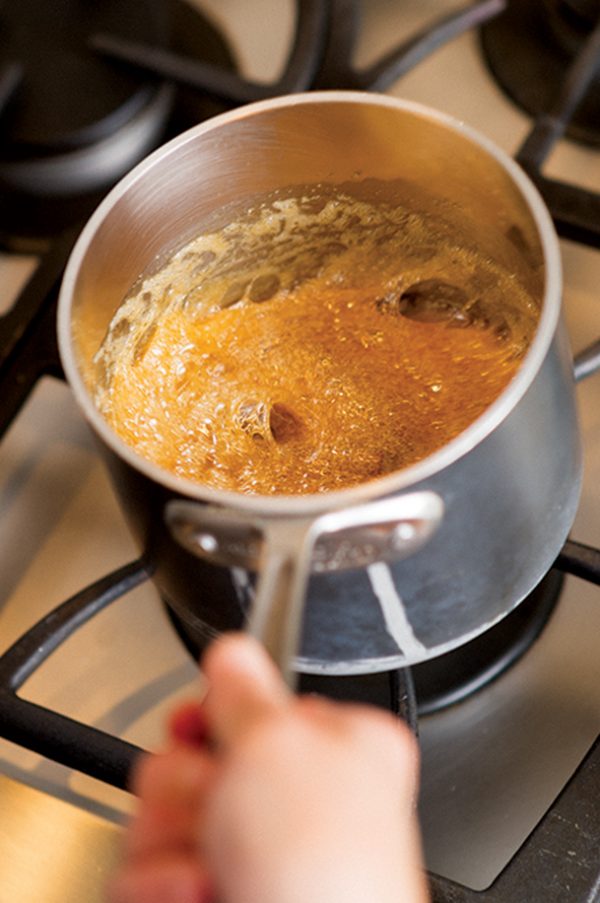
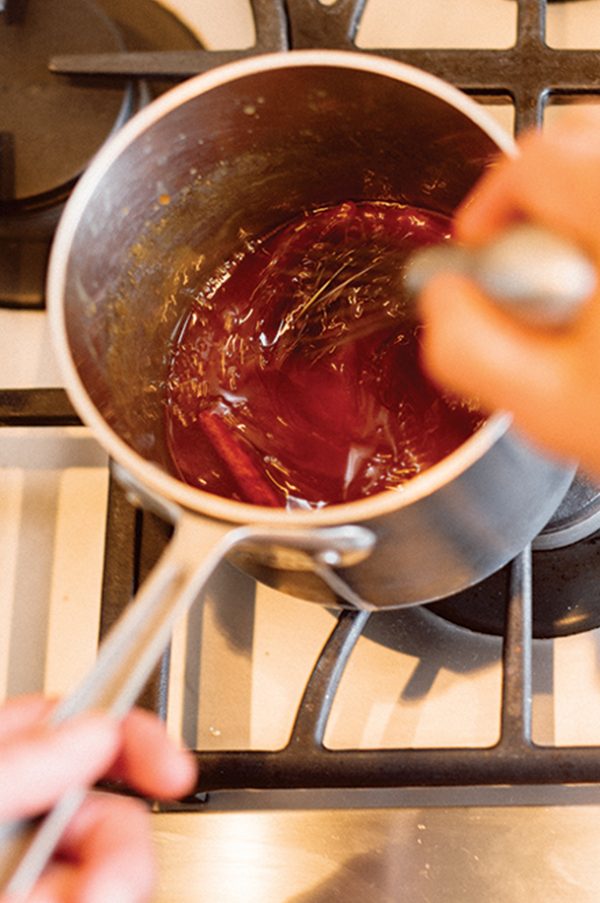
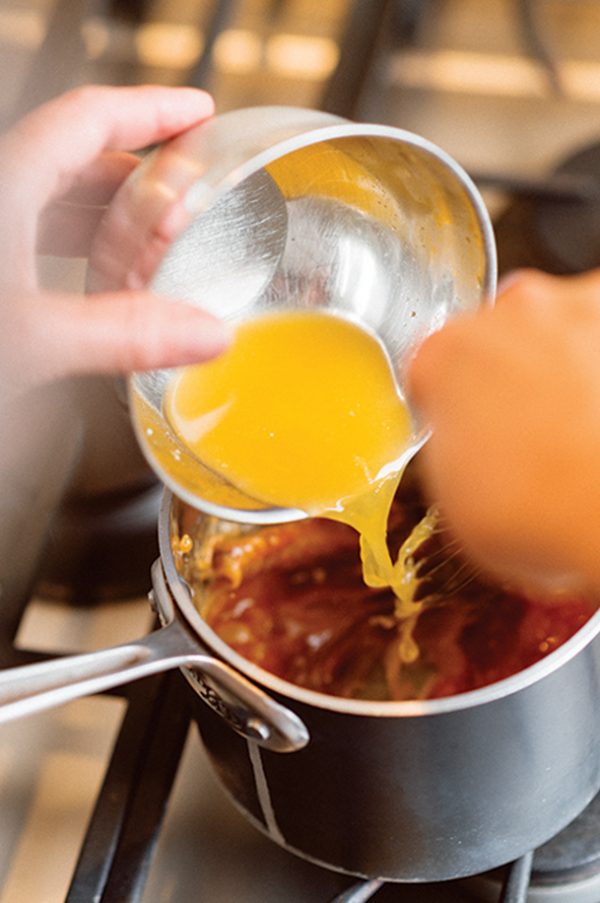
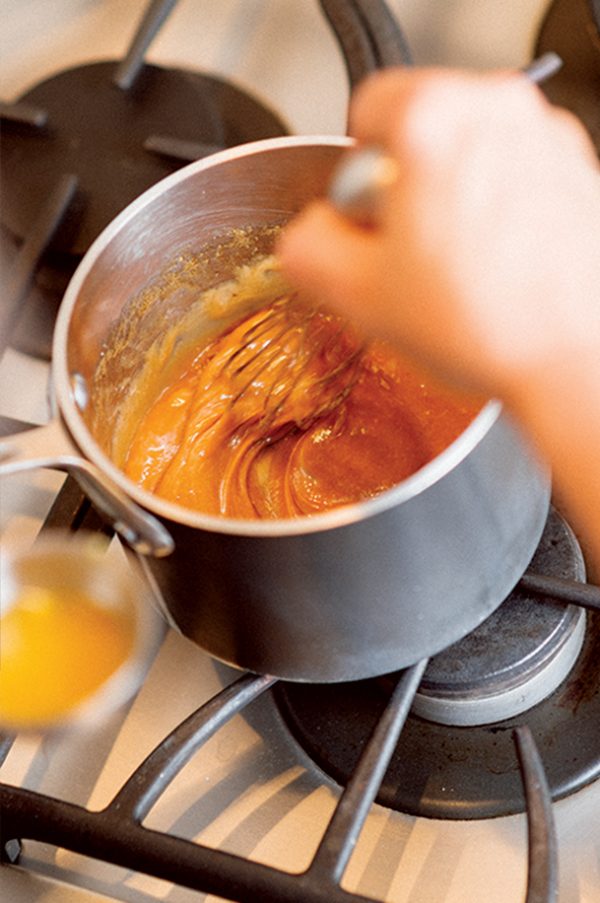
The sugar mixture will melt, frothing furiously as the heat increases and moisture evaporates, and finally subside into larger, shinier bubbles before coloring. If the sugar browns too quickly, slide the pan off heat and whisk steadily to incorporate cooling air. To switch up the flavor, replace the cinnamon sticks or star anise with green cardamom pods. Unsalted butter and a pinch of salt can replace salted butter. Serve the oranges with ice cream, thick yogurt or pound cake, and top with a handful of toasted, chopped nuts.
Caramel sauces can be fussy and slow to make, but we wanted to keep ours simple. We started by substituting orange juice for the water in a classic recipe. We were aiming for an extra punch of flavor, and it worked. The sugars in the juice caramelized with the rest of the sugar, creating a complex sauce with no extra effort.
What we didn’t realize is that we also reduced the time it took to make the sauce. Caramelization occurs in two stages—evaporation of the water in the syrup, followed by the browning of the sugar molecules. Acids, such as citrus juice, accelerate both.
A good tip is to take the pan off of the heat as the syrup starts to darken, then swirl the liquid in the pan. This slows the cooking, giving you more time to get just the right coppery brown that adds a hint of bitterness to the flavor.
Speaking of flavor, Lawson’s use of cardamom in her caramel sauce was good, but we also loved cinnamon sticks, as well as star anise, which lent an extra citrus note.
Lawson serves her version with yogurt, an idea we were happy to borrow (and add pistachios to). But ice cream and pound cake were wonderful, too.




